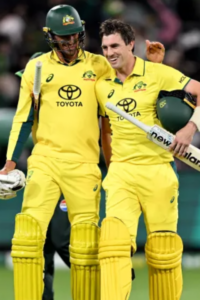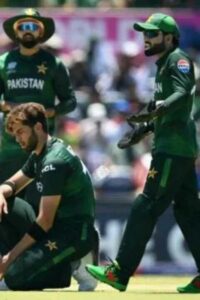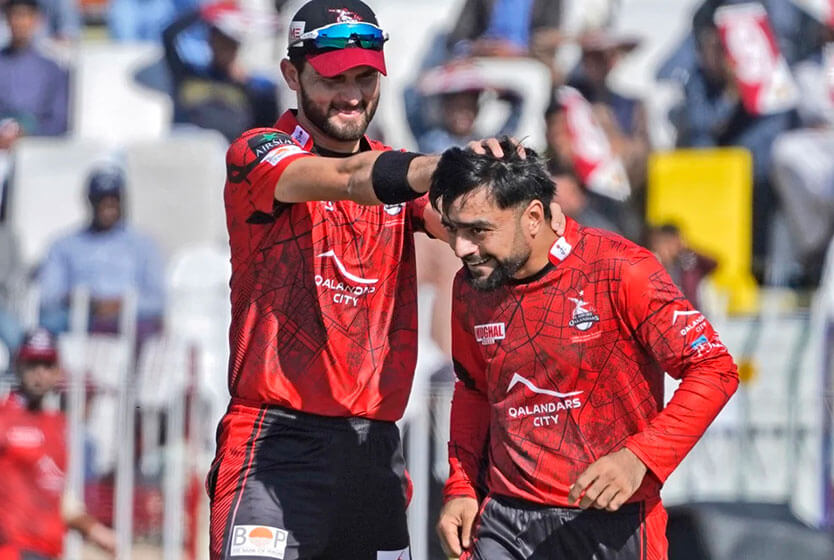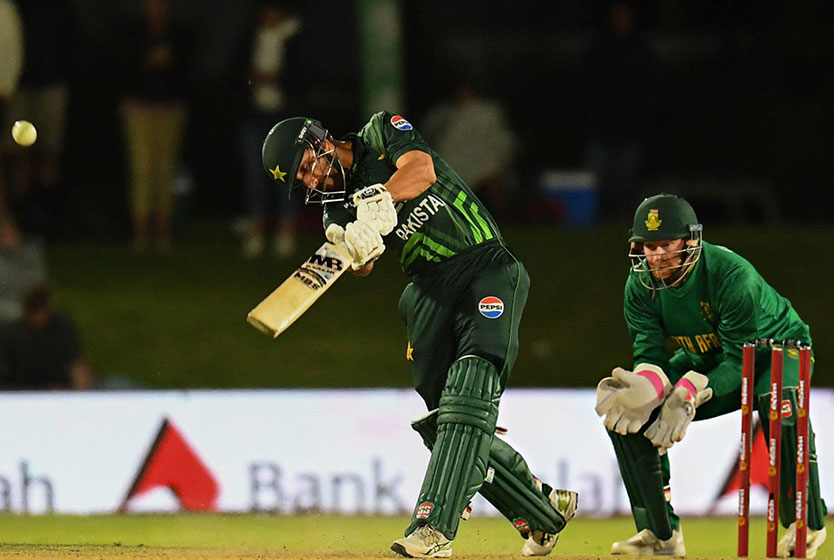The Defining Decade: An Overview of The 90s
In our new series on GRC called The Defining Decade, we look back at Pakistan cricket in the 90s and talk about the games, the players, and the moments that defined them.
Nothing is ever straightforward in Pakistan cricket. The team ranked number one in the world in August 2016 was in 7th place before a superb home series win against South Africa propelled them back into the top 5. This is not a new phenomenon for Pakistani fans who live former England captain Nasser Hussain’s words of “Pakistan cricket at its best: One minute down, next minute up” all too often, sometimes in the same match.
As someone who has spent more than 30 years of my near 40-year existence on this planet watching Pakistan cricket, I understand only too well how exhilarating yet infuriating it can be. However, I often wonder if today’s fans were lucky or unlucky to miss out on the past. The 90s was my first decade of watching Pakistan cricket. They sandwiched the high of the 1992 World Cup win with the shattering low of the 1999 World Cup loss.
After that, I, like millions of others, told myself I would never watch the game again. Despite a short hiatus, I was back in time to see us pulverized by the Australians (who else?). Still, we did enjoy a few feel-good wins over India in tri-series.
The 90s was a definitive decade in many ways for cricket. We saw colored clothes and white balls make their debut at the World Cup in 1992. That slowly became the defacto way that the limited-overs game was played. We saw the advent of the 3rd umpire, the return of South Africa, and Sri Lanka pioneering pinch hitters on their way to World Cup glory. Moreover, so-called minnows like Zimbabwe constantly gave bloody noses to the big sides. Pakistan did their bit for the growth of cricket by becoming Zimbabwe’s first victims in a Test match and then an away Test series.
We saw the Asian Test Championship, the Champions Trophy, Independence Cups, and a myriad of tournaments played in venues ranging from Sharjah to Singapore. Cricket coverage began to use more in-depth analysis. Neutral umpires became the norm. The quality of graphics used consistently improved (in most places; Pakistan, as always, was late to the party). Fans could now find scorecards and reports on the internet. Moreover, websites would soon provide live, ball-by-ball coverage for matches, too. Australia and New Zealand, the Indian subcontinent, and England plus Wales, and even Netherlands hosted World Cup games during the decade as the game grew across the planet.
Pakistan was easily the most watchable team of that decade though that didn’t always mean good news for their fans. Months after winning the World Cup in Australia – where only rain saved us against England after we made 77 (that point proving pivotal in our qualification for the semi-finals) – Pakistan was twice routed by West Indies for sub-par totals of 81 and 71 during the then annual tri-series on Aussie soil. Weeks later, we played the West Indies in another tri-series, this time in South Africa. Here, we capitulated to the then lowest ever One Day International score of 43 all out.
The post-World Cup era had started brightly with an attritional Test series win against England in England. This was marred by the home press’s claims of ball-tampering, bad-tempered games, and accusations of racism from crowds and even umpires. There were the highs of beating Australia in Karachi by one wicket to keep up an unbeaten record at the National Stadium. Then, there were the lows of losing home series to Sri Lanka, and Zimbabwe followed.
The annual Sahara Cup series kept Indo-Pak cricket alive outside of the World Cup. Both teams won a series each in Toronto before Pakistan took what ended up being the last one played. Games between the fierce rivals also took place in Sharjah in the guise of multinational tournaments. Furthermore, the Asia Cup and Austral-Asia Cup took place. Pakistan also visited India for a couple of one-day tournaments before India visited for an ODI series. This was a precursor to a series of Test matches played near the end of the decade. These were the first between the two countries since 1989.
The three subcontinent teams also jointly hosted the 1996 World Cup. While India enjoyed a stellar win over defending champions Pakistan in a bad-tempered quarter-final at Bangalore, they were then soundly beaten by eventual winners Sri Lanka in the semi-final at Calcutta as the home crowd rioted and threw debris on the field. Sri Lanka completed the set by winning the final in Lahore by beating the favorites Australia.
Halfway through the decade, there were improvements in Pakistan’s performances. An exciting new crop of aggressive and attacking cricketers such as Yousaf Youhana, Azhar Mahmood, Abdur Razzaq, Saqlain Mushtaq, Shahid Afridi, and Shoaib Akhtar emerged to complement the now senior Wasim Akram, Moin Khan, Waqar Younis, Inzamam-ul-Haq, Saeed Anwar, and Rashid Latif. They would form the bulk of the squad that won one-day tournaments in Australia, India, UAE, and Singapore. They also won Test series against England, Australia, West Indies, Sri Lanka, New Zealand, and Zimbabwe, either home or away.
Pakistan began to excel as an ODI unit after the tri-series triumph in Australia. Hence, people saw them as favorites for the 1999 World Cup as they went into the tournament in exceptional form. They forced a tie with World Champions Sri Lanka, who looked odds on to win a match they had dominated. Captain Wasim Akram boldly claimed his team would not lose a game before arriving in England for the World Cup.
The tournament itself saw Pakistan produce some excellent cricket. They defeated West Indies, Australia, and New Zealand in the round-robin games. However, there was the hiccup of losing the now customary match to arch-rivals India in the Super Six stage as the Kargil conflict between the two nuclear-armed countries raged in the background.
Pakistan were able to qualify for the semi-finals even after a loss to South Africa. The Proteas had been their most consistent conquerers after a horror start following readmission. They went to the final by smashing New Zealand in a near-perfect performance in the semi-final.
Their final opponents, Australia, got there after a near 1992-esque run of their own. They were almost eliminated in the group stage. However, they went on a run of wins plus the tie that got them past South Africa to the final.
Lord’s was the setting for what many confidently felt would be the crowning moment of a decade that seemed destined to belong to Pakistan. But the Aussies, in a sign of things to come for the future, blew away the green shirts for the lowest World Cup final score and chased it with barely a hiccup.
Thereafter, distraught Pakistani fans took to the streets. Furthermore, many an ex-cricketer made claims of match-fixing. This had plagued the Pakistan team throughout the 90s. During this period, former captain Salim Malik received a life ban after being caught in a British tabloid’s newspaper sting.
The decade that had promised so much ended with a defeat that stayed in the memory for a full ten years before Pakistan won another world title, ironically at Lord’s, with the T20 World Cup final win against Sri Lanka.







Leave a Reply